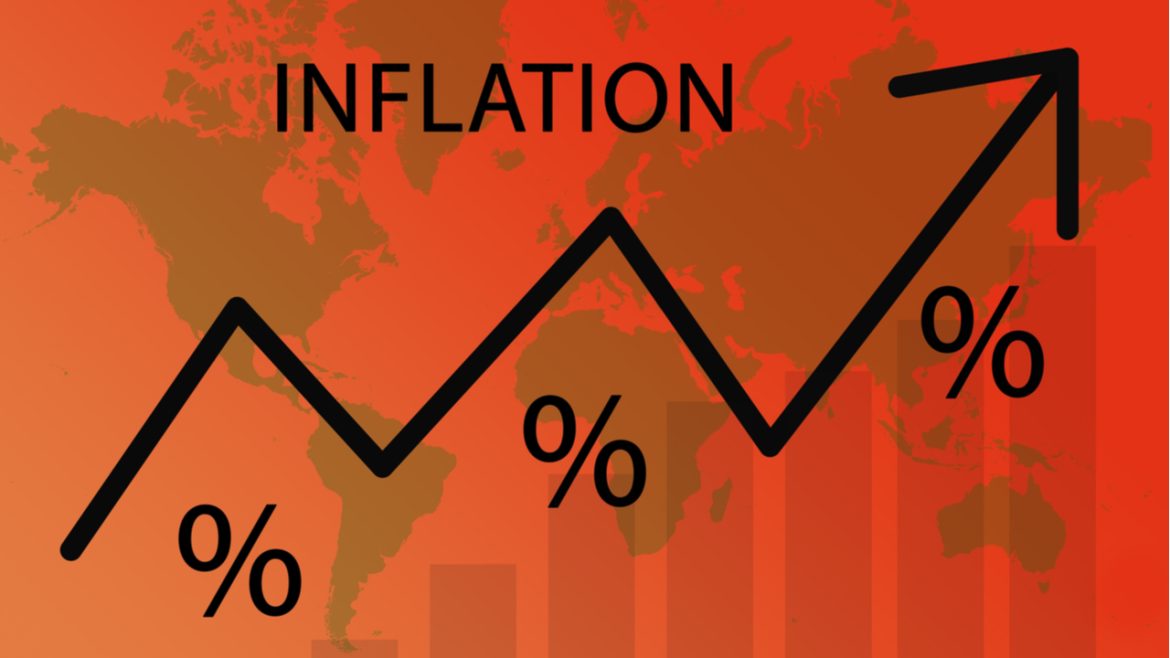Between 1980 and 2023, the United States has experienced a drastic divergence between the cost of living and salary increases. This economic chasm has silently eroded the purchasing power of Americans, as expenses for essential goods and services continue to soar.
Living Costs: On a Steady Climb
The cost of living encapsulates the necessary expenses associated with everyday life. From 1980 to 2023, the United States saw these costs dramatically escalate. Housing prices have experienced an exponential increase, making home ownership an elusive dream for many. Healthcare expenses have similarly skyrocketed, with Americans paying premium prices for medical services and prescriptions. The costs for education, transportation, and groceries have also seen a significant uptick, further straining household budgets.
Wages: A Lagging Indicator
While living costs have been on a steady upward trajectory, wages haven’t kept pace. Although there have been increments in salaries, these increases have been marginal and inconsistent. The federal minimum wage, which serves as a baseline for income, has remained stagnant for extended periods, failing to provide a livable income for those at the economic bottom. The disparity between wage growth and living costs has widened the economic inequality gap, making it harder for the average American to keep up with the financial demands of contemporary life.
The Housing Market Dilemma
One of the principal drivers of the growing cost of living is the housing market. Since 1980, housing prices have surged, with the median home price in 2023 being substantially higher than in previous decades. The demand for housing has consistently outstripped supply, resulting in a market where prices continue to soar, making affordable housing a major concern for many American families.
Education Costs Soaring
Education expenses have also spiraled upward, with tuition fees for colleges and universities increasing manifold since 1980. The burden of student loans has become a pivotal financial concern for younger generations, significantly impacting their economic stability and future planning.
Stagnant Wage Growth
Salary increments have failed to mirror the rise in living costs. The minimum wage, for instance, hasn’t seen consistent and significant increases over the years, making it challenging for workers earning this wage to meet their basic needs. For many Americans, wage growth has been largely stagnant, failing to keep pace with the inflation rate and escalating costs.
The Widening Gap
The divergence between the cost of living and wage increments has repercussions on the economic fabric of society. This widening gap results in financial stress and insecurity for many households, affecting their quality of life and limiting their access to opportunities. The economic disparity exacerbates social inequalities, creating a divide between those who can comfortably meet their needs and those struggling to make ends meet.
Navigating the Financial Disparity
The growing financial disparity between living costs and wages from 1980 to 2023 has placed economic pressure on American households. With expenses for housing, education, healthcare, and basic necessities soaring, many find it increasingly challenging to navigate these economic headwinds with stagnant or slowly growing incomes. Acknowledging and addressing this disparity is essential for ensuring economic stability and providing opportunities for all Americans to thrive financially in the face of rising living costs.

